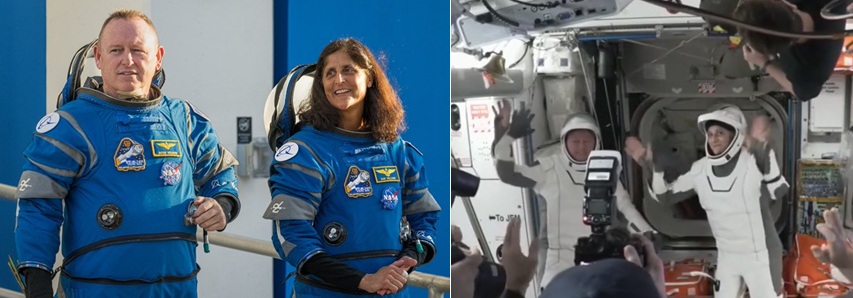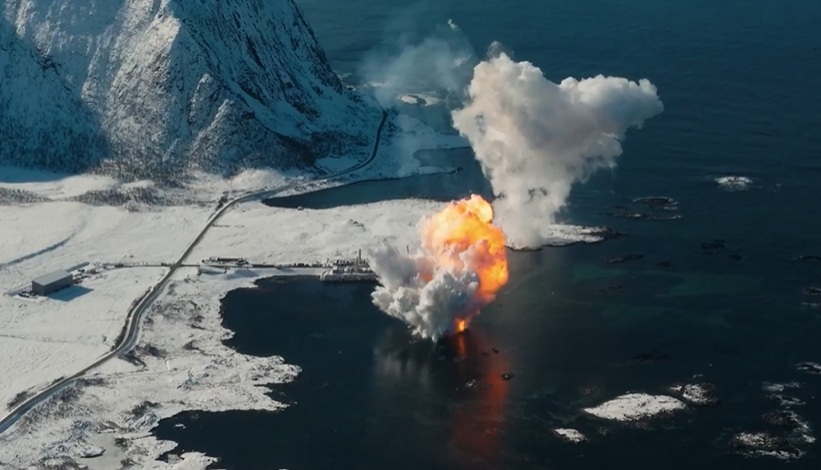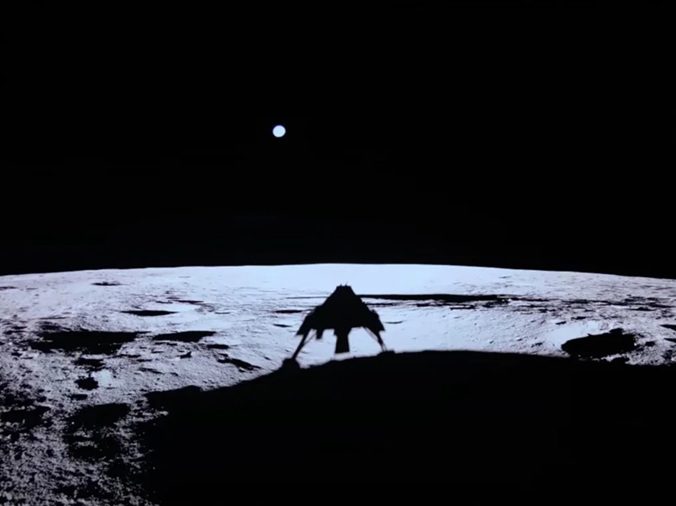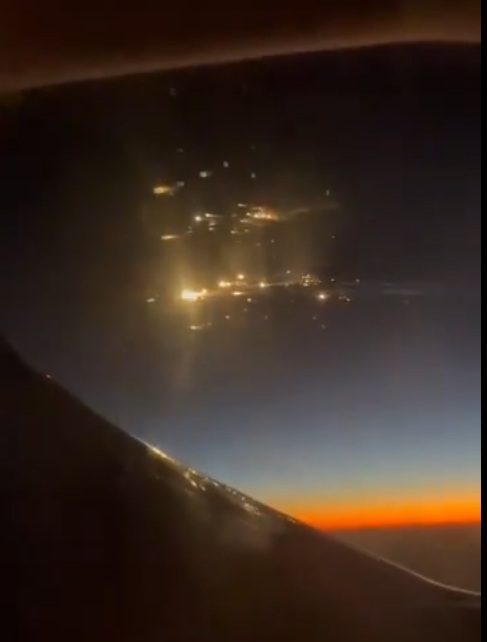A Kuiazhou 1A (KZ-1A) three-stage solid rocket was set to launch on 1 March at about 1001 GMT from Jiuquan, China. However, whether it made it off the pad intact was called into question after reports gained traction that KZ-1A suffered an explosive failure.
An increasing consensus among space industry experts, on X at least, has emerged that KZ-1A exploded either immediately before, or just after, ignition on the pad.
Astronomer and space flight guru Jonathan McDowell, space journalist Andrew Jones, Chinese spaceflight observer ‘Cosmic Penguin’ and space news outlet Rêves d’Espace are some of the expert sources that picked up on the possibility of a failed KZ-1A launch.

Courtesy: X / Andrew Jones
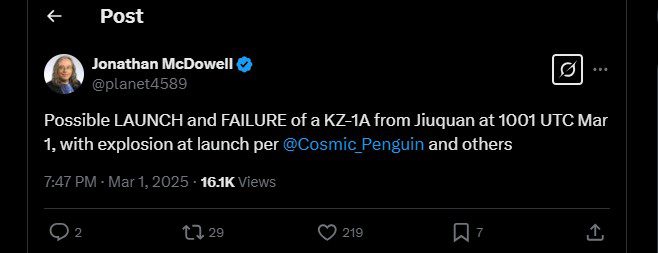
Courtesy: X / Jonathan McDowell
What makes the space investigators so sure?
There are four key pieces of evidence that suggest something went awry on 1 March in Jiuquan, China.
- The first is that a launch was expected around 1001 GMT but there was no official confirmation that it had taken place. Official Chinese outlets were notably quiet after the alleged launch.
- A NOTAM, a notice filed with aviation authorities to make them aware of possible hazards to flight paths, was filed with details of a stage dropping area that closely resembles that of a typical KZ-1A launch.

NOTAM details shared on a NASA Space Flight forum match with the expected launch of Kuiazhou 1A (KZ-1A) on 1 March
3. Initial observer posts on Chinese social media called the launch a failure. However, many of these comments were removed without explanation.
4. The subsequent launch of a Ceres-1 rocket (GUSHENXING-1), also scheduled for 1 March, from Launch Area 95A, the same area used by KZ-1A on 1 March, was delayed by a day, and then by over two weeks. It finally launched on 17 March.
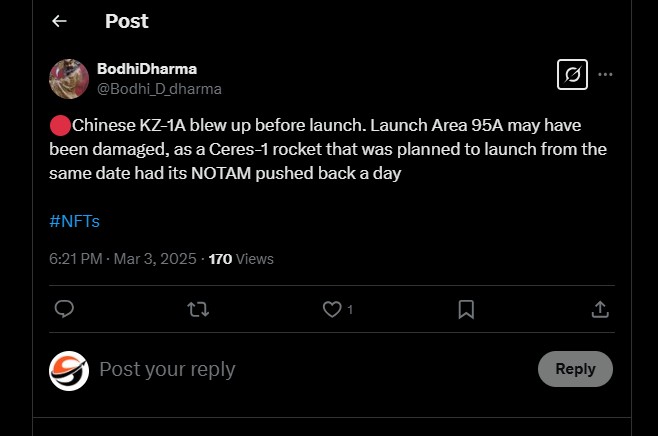
Courtesy: X / Bodhi Dharma
Why is it so hard to tell what happened?
The Chinese space authorities are becoming increasingly secretive about their launches, particularly the ones that do not go to plan. It is highly unlikely that the incident will be acknowledged, let alone for details of it to be published.
KZ-1A, measuring 19.4m, was carrying an unknown spacecraft payload. Including its latest attempt on 1 March, the Kuiazhou 1 and 1A series has failed 3 times out of 31 orbital launch attempts, according to the Slingshot Seradata database.
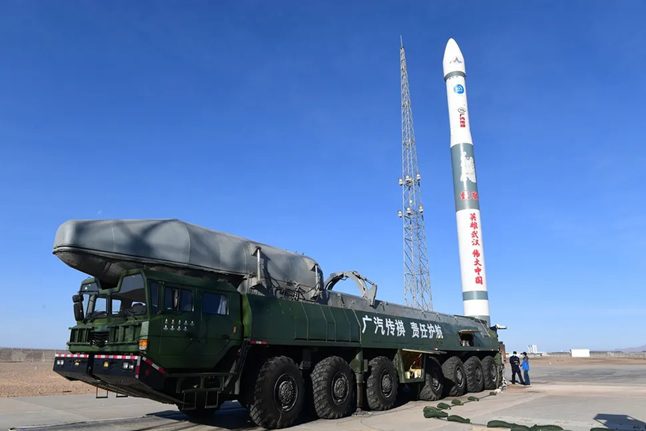
An archive image of KZ-1A shows what the launch vehicle looks like. Courtesy: CASIC
Comment by David Todd:
Commercial satellite imagery posted by Cosmic Penguin appears to show that the launch pad is intact, albeit with what looks like some large objects on the pad. This may be indicative of an on-pad stage separation of the rocket.
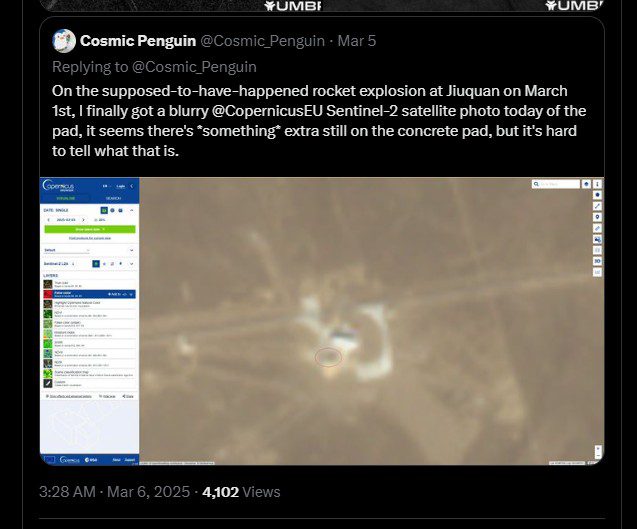
Courtesy: X / Cosmic Penguin

